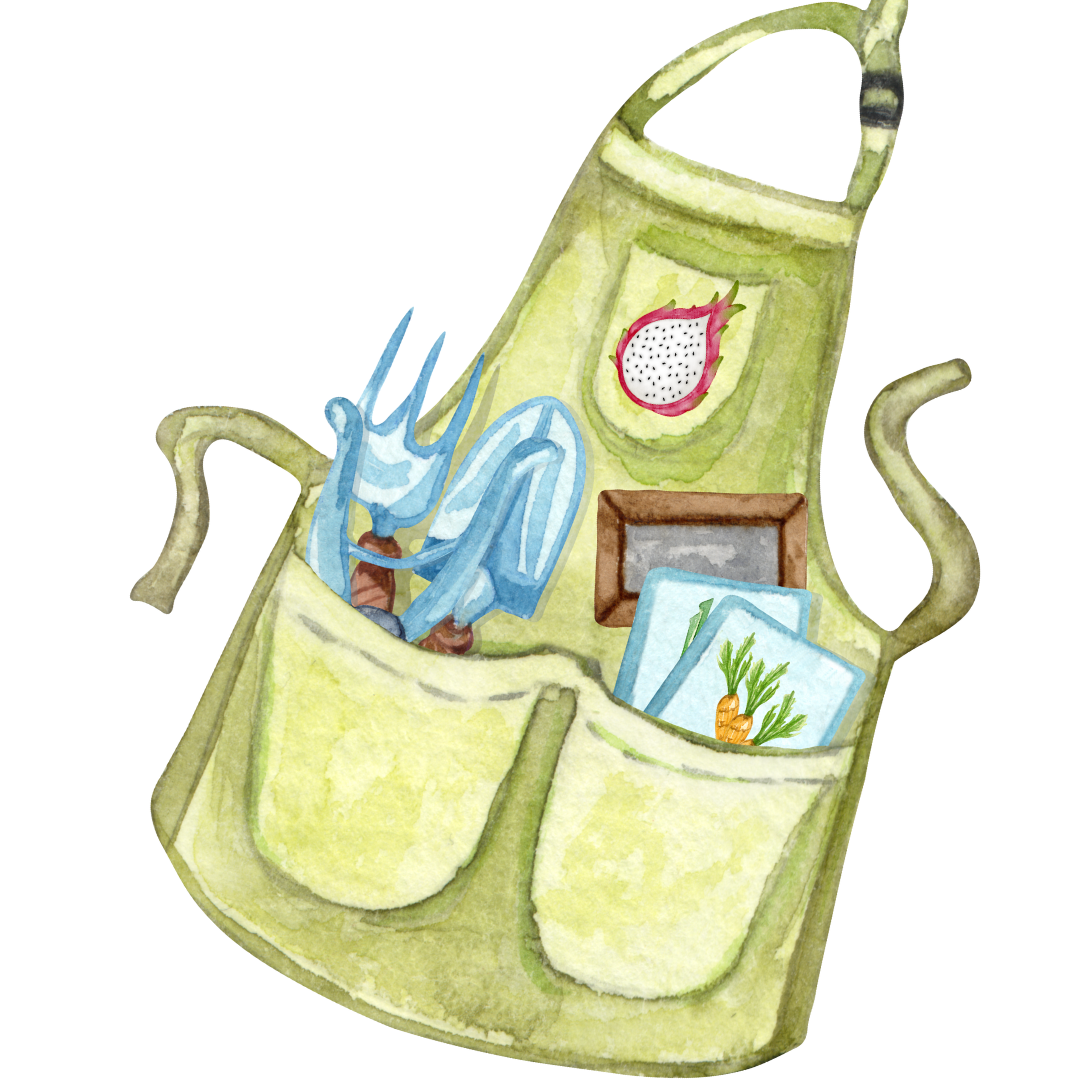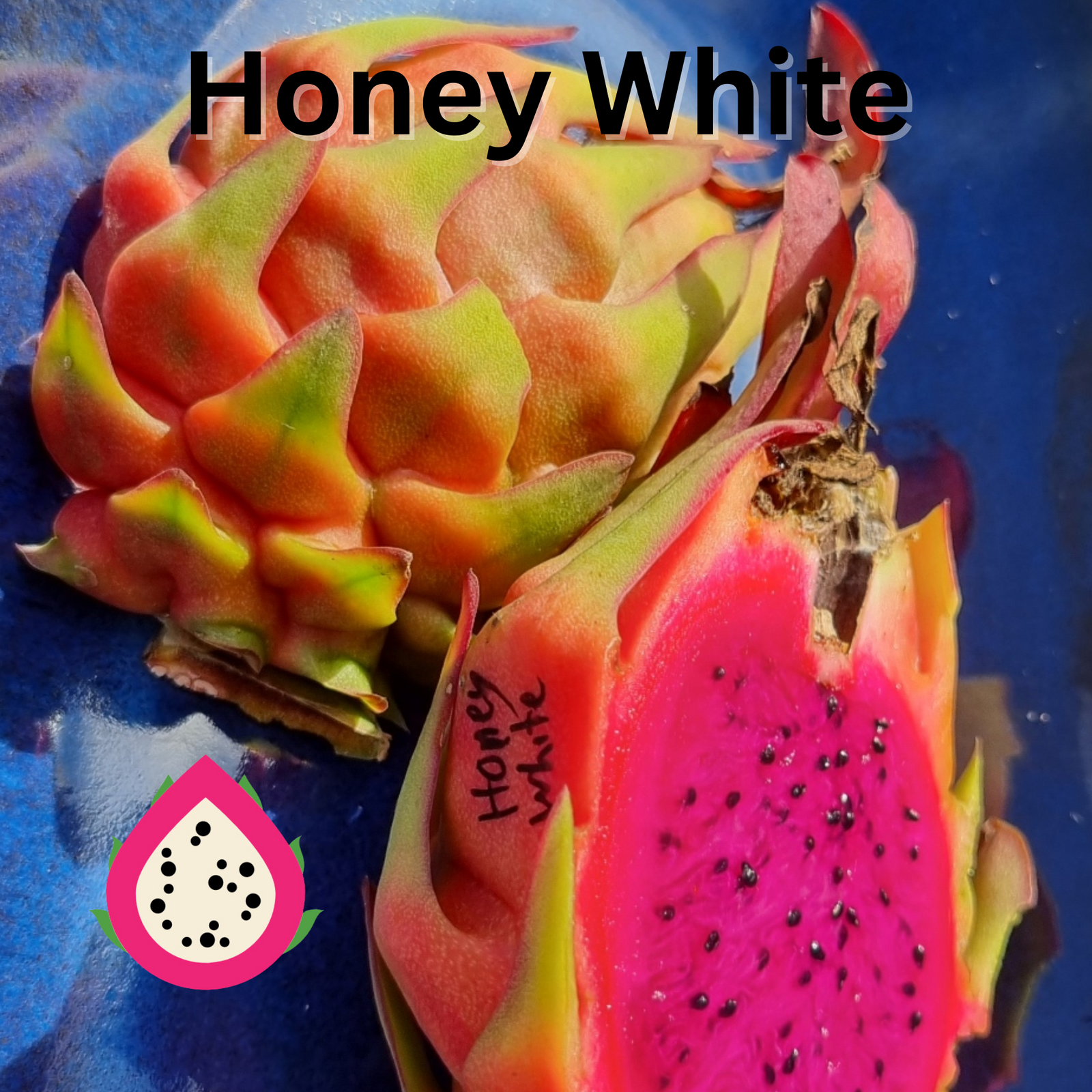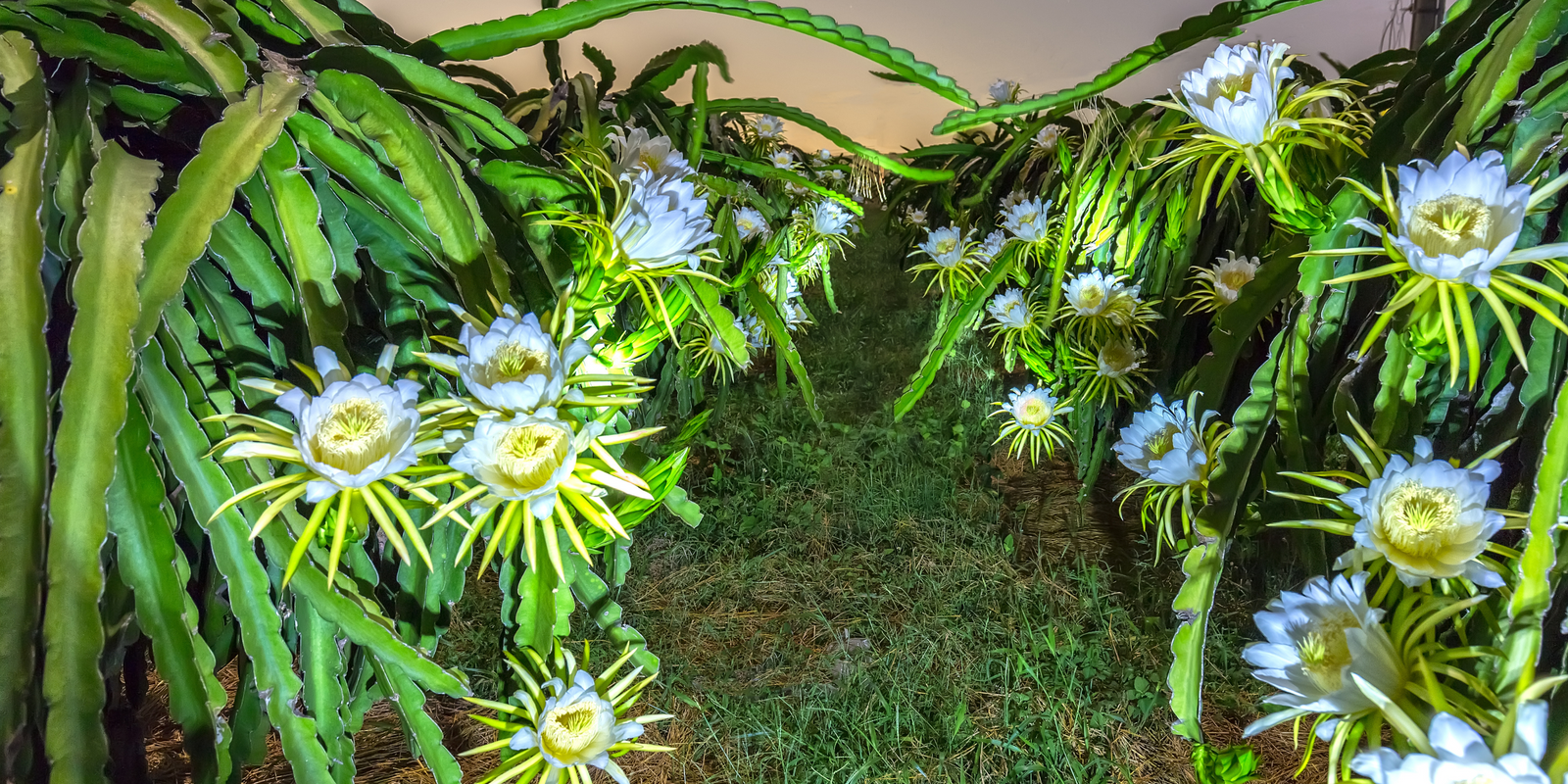This is copied straight from the Gardening Australia ABC website. Please see the link below to access all information directly from them. I just wanted to share for your reference
SERIES 34 | Episode 01
Tammy shows how to grow dragon fruit in pots so you can have this sweet treat in any garden!
Unlike your typical fruit tree, dragon fruit, also known as pitaya, is a scrambling, spiky cactus. Whilst they may look a bit scary, they are easy to propagate and grow well in pots.
Dragon fruit originates from tropical areas of Central and South America but grow just as well in South-East Asia where they are staple fruits. The fruit has beautiful pink scales with delicious, juicy flesh that is white, pink, or yellow depending on the cultivar. It's sweet and versatile – dig into a fresh one with a spoon, freeze, or pop in a smoothie!
Propagation
Dragon fruit plants can be tricky to find, but it's worth asking around your local nurseries, checking online groups, or ask a neighbour if you can take a cutting.
There are two ways to take cuttings from an established dragon fruit plant:
- Stem cutting: Look for the woody stem between segments. These can be potted up straight away.
- Flesh cutting: Cut through a fleshy segment. Leave these for a few days to form a callous over the cut before planting. This is where new roots will form.
Potting up
Dragon fruit have shallow roots and are top heavy. So you need a large pot, that is at least as wide as it is deep, or wider! The pot should have plenty of drainage holes – they are cacti and do not like wet feet.
1. Support
Before you add the plant and soil, you need to add a support. In the wild, dragon fruit clamber up trees and hang over the branches. To emulate this, create a strong support structure. There are lots of options, so get creative and check out what your neighbours use! Useful materials include hardwood, star pickets or PVC pipes.
Tammy has used a thick PVC pipe secured to the base of the pot. You could also drill a horizontal rod through the pot and pipe to secure it further.
Another piece of PCV is slotted into this pipe with a branch support structure on top.
A simple square box made from timber will do the trick.
2. Soil
Use a premium potting mix with extra sand or perlite added for excellent drainage.
3. Planting
Plant your cuttings around the centre pole. A soft garden tie can help to secure the cutting against the pole. As they grow, add more ties to guide the plants up the pole and onto the top structure.
4. Care
Water in after planting and when the top section of soil feels dry. Once their roots are established, they are quite drought tolerant. Every spring, top up the potting mix with a general purpose organic feed, such as blood and bone.
Dragon fruit grown from cuttings will grow fast and can start producing fruit in a year. But don't expect a full crop for at least 2-3 years. Flowers and fruit will appear towards the end of the overhanging branches – which makes it easy to see and harvest.
Place the pot into a warm, full sun position with enough space around it that you won't brush past the thorns! In cool climates, a greenhouse is best or against a warm brick wall.
Give it a go and add a dragon fruit to your collection! You'll have a stunning feature plant plus lots of delicious fruit to share around.
https://www.abc.net.au/gardening/how-to-train-your-dragon-fruit/101952188







